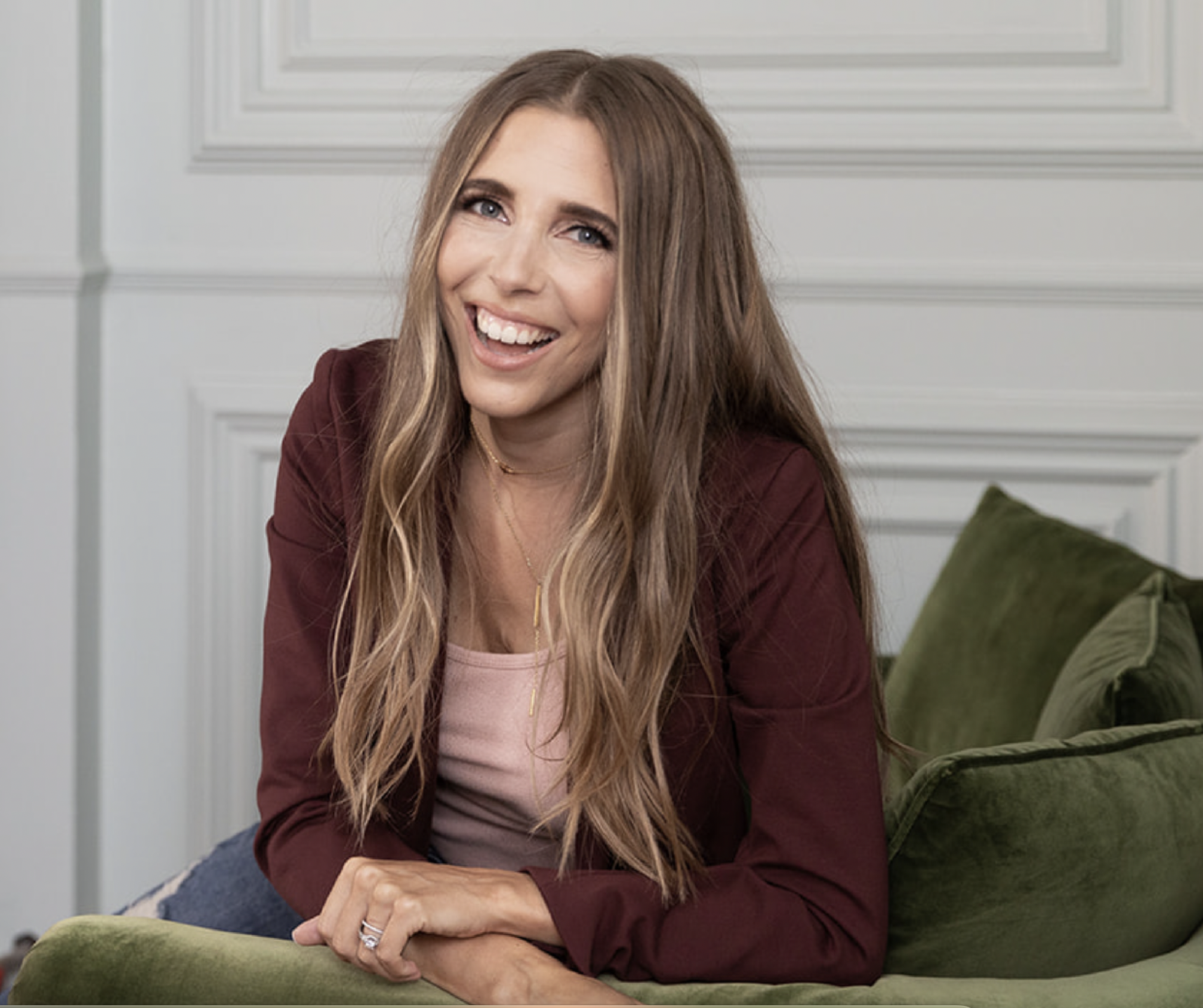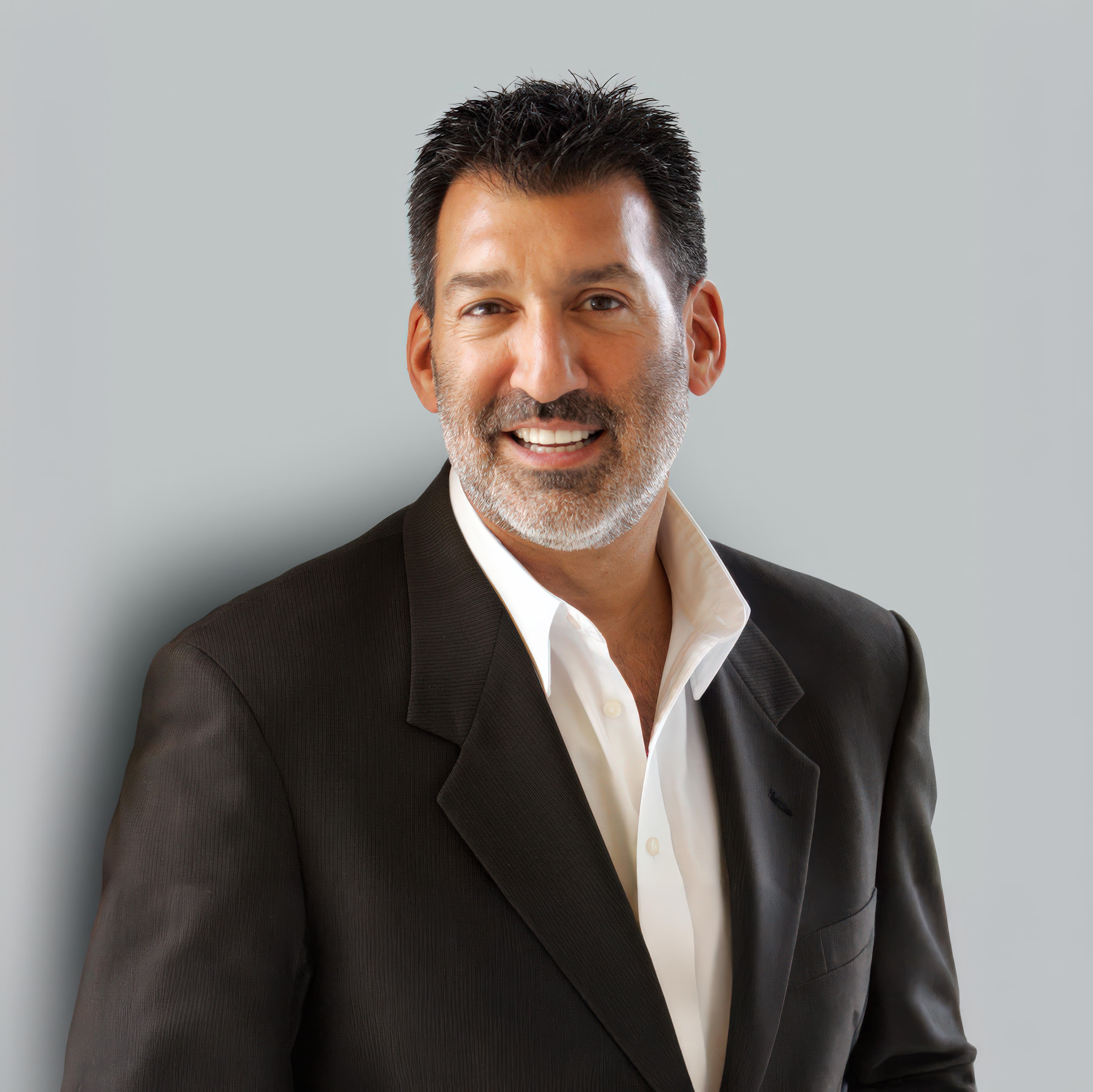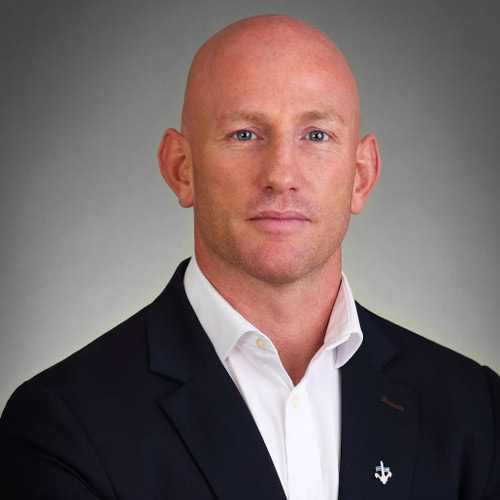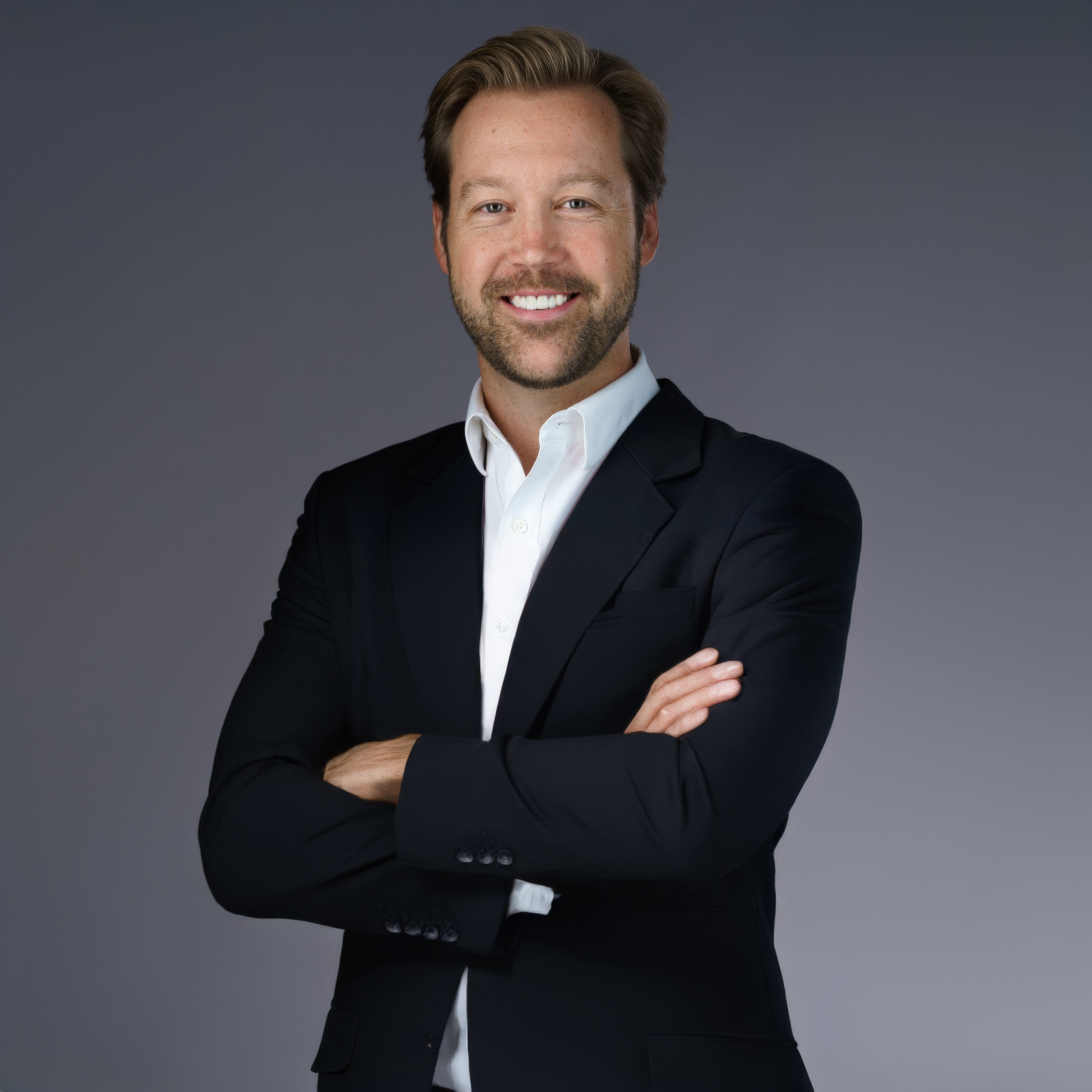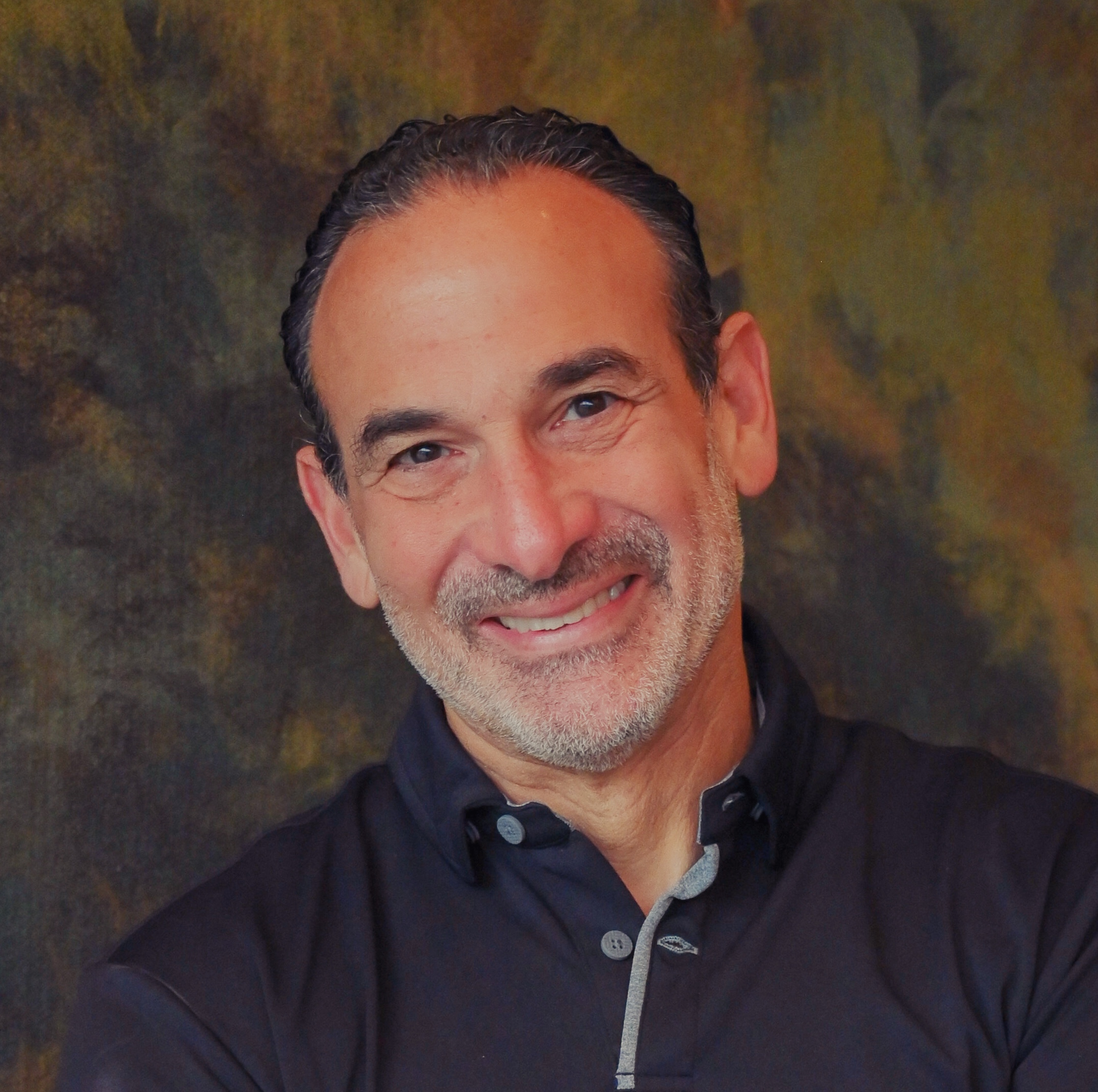Hey everybody, and welcome to the Influential Personal Brand podcast. This is AJ here, and I am so excited to introduce you guys to a new friend that I have. And, but before I introduce her, I want to remind everyone who this episode was curated for and why you should stick around. I think it’s always important for you to know as you’re listening what you’re getting into and who this was really designed for. So today we’re gonna be talking about community and retention. So in other words, this is for you. It doesn’t matter who you are. It does not matter if you have a coaching program or a speaking business or a membership, or you are a professional services provider that has, you know, a, a book of business. Doesn’t matter if you are a product company, you have clients, you have customers, and I bet you would like to keep ’em.
I bet you would like them to stick around and buy more and not leave and go to your competitors. So when you think about community, uh, yeah, there’s online communities, there’s offline communities, but we all have a community. It’s just are we treating them like a community? So today is one of those rare episodes that it does not matter what you do, what industry you’re in. I really believe this is for you, although we may talk about it more specifically in some areas over the course of the interview, but it’s for you. So stick around. Now, let’s introduce you to our awesome guest today. Uh, Shannon Lynn, I am so excited to have you on the show today. Uh, and just for those of you, uh, who don’t know, uh, you’ve got somebody who has over 10 years of retention and community expertise. She’s a podcast host, she is a speaker, she’s a consultant.
Uh, and I would also say she is someone who has built amazing communities with retention, not only for her and her own business, but for a lot of really well-known personal brands. And I’ll let her share those with you if she feels comfortable, um, or keep it secret. But this is someone who is not speaking from, oh, this is what you should do. No. It’s like, no, this is what we are doing and this is what is working. So, Shanna, welcome to the show. Hey, thanks for having me, friend. I’m excited to be here. I am so excited to be here and to help our audience get to know you. I would just love for them to say like, get a, get a quick high level overview of like what have the last 10 years looked like for you as you’ve been in this business, and then this industry of figuring out keys to building a community that stays in retaining and retention. Like, I would just love to know one, how did you get into it and then what, what has it looked like over the last 10 years to get you to, to where you are today?
That’s such a great question. You know, it started actually when I was in college. I was a part of this honors program and you had to do a senior thesis for undergrad. And I had this amazing professor and she handed me this advertising age magazine that was talking about social media and online marketing back in 2007. I was like, oh, this is really fascinating. And so I actually did my thesis and wrote a paper on online marketing in virtual reality communities back in the day. It was second life. There was no metaverse or anything like that. And that ended up in the paper, which got me on stages around the country to speak about it. And then I ended up with a job at Vanderbilt Medical Center in Nashville. And we took that medical center to be the very first medical center that has social media policy.
We launched online communities for their cancer center, life flight, all sorts of communities for them. And then it wasn’t long after that that I was supported by my wonderful chief marketing officer and um, you know, really just had peace from God himself to go out and adventure and start my own consultancy. And that was in 2012 when I became a full-time consultant and I started working with businesses, really traditional businesses to take what they were doing offline with their brand and bring it online and merge those two communities and create consistency. And so that led into managing a lot of online communities as we built them and then ultimately starting my own online community. And then this, uh, guy in the industry, a lot of people know Stu McLaren, who is a, um, membership expert, kind of tapped me on the shoulder and he said, Hey, we’d really like to have a strategic mind to come help us be our director of community and take our community to the next level.
So I worked with him for a few years and started teaching in-person workshops and got to train community teams and leaders for some of the best memberships in the space. And going back, you know, I look at all that and I’m like, wow, it’s this combination of, um, online marketing, which I believe a lot of what we do after the sale is actually just marketing as well and community building, but my own internal desire because as a kid I went through a lot of tragedy and I didn’t have a community. My mom didn’t have a community around us. We really didn’t have community when we needed it. And so I truly believe that when people have a place, a community where they are fully known, that they show up more fully in the world and it’s just, it’s something that we all have a core need for. And so it’s developed into really teaching business owners to create those spaces for people so that we get the best of people and people have that place where they can show up fully as themselves.
Oh, I love that so much, uh, so much. And I think that’s even grown in its, its need since, uh, the pandemic of people just naturally being isolated. And I don’t think people have really acclimated back to real relationships, real community. And I think that’s why one of it’s, it’s not the only reason, it’s one of the big reasons I really wanted to have you on the show. It’s let’s stop treating people like customers and start treating them like people and Exactly. Uh, like does and and realizing like you have community all around you. Do you see it? Right? Are you treating it like it?
Yeah, and I think the thing that I love about merging retention and community is that when we build really strong retention systems, because I know people hear community and they think really fluffy and they think Facebook group, which is not what we’re talking about by any means. But then I usually come in with systems and data and they’re like, whoa, wait a second. Like, I thought you were a community person, but having strong retention systems in your business, which are those systems that um, are everything after the sale, how do we help people actually get a result? How do we help people actually make progress and how do we keep them on that customer journey with us beyond the initial sale? All of those systems, they shouldn’t be automating things to alienate people. They should actually be creating space for human to human connection. And so when we’re all afraid of AI and everything that’s gonna happen, I actually embrace it. I think it’s wonderful because there’s lots of things that it can do to create space for us to do the unscalable activities that really make a difference.
Yeah. So let’s talk about those. Uh, I wanna talk about like what are the unscalable activities that sometimes don’t get the necessary time, love and attention that are needed that actually build community and retention? So what would you say are some of those things?
Yeah, so back in the day it was always handwritten notes. That’s what I wanted to do. I loved it. I wrote handwritten notes to everybody and I still do, you know, um, send a lot of them. If you’ve been in my world, you probably have received one of those . But now there’s ways to kind of give that personal touch faster, but still in a way that is scalable. So we, uh, recommend a lot of video messaging. There’s different tools that you can use, like Bon Juro for example, is one of those. Video Ask is another one where we can send personalized video messages to people just really short at different touchpoints in the journey. Now when we can, we do actually want to customize those. We want to say, hi Sally, I’m so excited I see that you just joined x, y, Z program and you have this challenge.
I can’t wait to support you in that. It can be that simple. But even when we can’t personalize everyone, we can still send a video message at a mass scale that feels more personal and more connected and opens up dialogue with those that are willing to enter into it. So that’s like a simple example of how to do that. Another example is, we’ve talked about your program before. So inside of your brand builders group, you have these mentors, these coaches that are supporting people at a much smaller scale. Now people love group programs and creating, creating them because they think, oh, I’m just gonna continue to scale it and my profit margins are just gonna continue to increase. But what they don’t realize is that as the program grows, it gets harder and harder to get people results. Mm-Hmm, if you’re only focused on systems and automations.
And so when you take, um, that scale and then you can leverage team members like coaches or mentors that can come in and create an intimate environment within a larger scale environment can create more customized really di guidance and direction, it’s not customizing the content, it’s just guiding them to the next best action step for them. That’s one way that you can really scale that kind of connection, scale, that kind of intimacy. And then one other way that I recommend a lot is with Zoom calls. Everybody’s familiar with doing Zoom calls now. And if you aren’t doing, you know, onboarding or welcome calls for new customers or um, new cohorts of people coming into your program, it’s something that I highly recommend. But Zoom actually has a feature called breakouts where we get to break them out into smaller groups so that they get to connect more with each other. ’cause it’s not always just about connecting more with us.
Hmm, that’s good. Especially when you have tons of people coming on of there is a limit to how much you can just do when it comes to one-on-one welcome and one-on-one onboarding without needing more human capital to constantly do that. Which again, it’s hard because like you need constantly, every new member actually does create, or every new customer creates the need for another, you know, employee. But doing them in, uh, breakouts, I have never thought about that. So like that’s really important because then it’s not so reliant on you and the company, but it’s now it’s building community within the community.
Yeah. And that’s what makes community really sticky, right? It’s the, there’s the connection to you, which is often what builds the trust that gets them in. Then there’s the connection to your team which expands. It’s you passing that torch of influence to your team members and then there’s the, the connection to each other. And that’s actually what keeps people around because as your community grows, their connection with you is gonna feel, it’s gonna feel not as powerful, but hold on. Okay, we can edit that out, that as your community grows, it’s gonna feel not as powerful, not as close that connection with you. And so it’s really important that they’re expanding their connection to others within the communities that they remain sticky.
I love that so much. And that should be a relief to everyone who is listening of going, it doesn’t have to be all you, right? It’s like you, you’re building a community that should build community and then it’s, it takes the pressure off, right? It’s like, ’cause I, I, I believe, at least for all of the businesses that I know, it’s like no one wants it to be just about them. It’s like they want it to go beyond just my face, my name. But the only way you can do that is if you have systems and processes and people, right? You have to have a community that can do that without you. Um, and I love that so much, that whole group onboarding concept. I literally just wrote it down, I was like, note for team note for BPG , um, this is a, a really important thing because you still wanna have those human touchpoints. And so you said two things I think are really important that I’d like to go back and touch on really quickly for everyone. Where do you see the need for that human outreach? That human connection as you look at the lifecycle of a person, you know, I’ll just call ’em a customer. Like where, where do you actually need that human time versus automation?
Yeah, it, I think a lot of people immediately think about things like losing a customer cancellation process. Uhhuh, that’s where we wanna try and get ’em on a call and save ’em. And at that point you’ve already lost them. You know, if you’ve ever tried to do those cancellation calls, which you know, I’m not against offering them, but if you’ve ever tried to do them, your recovery rate probably isn’t that great . And so my encouragement is that we go way back in that member journey or that customer buyer journey. And the first 45 days is absolutely the most essential time for anybody in your community. I’ve worked with a lot of large scale memberships and when we look at their cohort retention, which isn’t their overall month to month retention, but it’s um, of a particular cohort, how, what percentage of those people are we keeping into month two, into month three into month four?
What that identifies for us are our drop off points. And for 90% of communities, it’s in that first month, that’s where you lose people. Yeah. So crazy, isn’t it? And it’s the easiest thing to really systemize is the onboarding. And so, um, we do recommend to have things like action plan calls, which are those group calls where you walk them through maybe three key steps that then they go into breakout groups to work on. We also recommend, you know, having those personalized video messages. There’s um, a community leader that I work with that has 14,000 members. She has scaled her team in order to do small groups of four, four members and one coach on an onboarding call. And they get, I think four offerings of those in their first 90 days of, of membership. So that those first 45 days are really important because people have bought into whatever you have sold them.
And then immediately they have buyer’s remorse. They’re distracted by whatever the latest Netflix series is. And so our job of selling actually doesn’t stop. It only increases because now we’re actually hitting their pocketbook. So all of the things that we had them buy into before, we need to be res solidifying for them. And now they also need to feel acclimated to this culture. Hopefully we have a strong culture in our community. So we have to really get into, there’s four pillars of community that I teach to build on. And the first one is cause. So we really have to solidify why are you here? And not just why is this community exists, but why is this important for you? And then building the culture, which are the beliefs, the behaviors and boundaries that help you fit within this community. And when people have those, they feel like I know how to show up and they’re more likely to engage.
So if we can really make sure that we’re focused on those first 45 days, that is the most important thing to focus on. And then our next goal is how do we identify people who are no longer engaging with us? How do we identify people who maybe bought our book and never took the next step to do our mini course or whatever that next step is? How do we identify people who maybe participated in the first couple calls but we haven’t seen ’em in 30 days? And then that is the other place where human connection can really be valuable because um, anything automated is just easy for them to ignore at that point.
I mean, my mind is reeling already with ideas of programs that I pay to be a part of our program of going, oh, I see how that was really helpful, or, I see how that was really annoying, even though I know what they’re trying to do. And I think one of those things that you said is if somebody is requesting a cancellation, trying to get them on a call, it’s like you’ve already lost them and the save ratio is gonna be relatively low. So I have two questions. One around onboarding and one around this cancellation process. So I’m gonna start with the cancellation first. ’cause I feel like people struggle with that and they’re like, Nope, I’m gonna make ’em good on calling me and I’m gonna turn ’em around. Um, so in the, I guess like instead of me asking, I’m just like, what would you see is successful when it comes to once someone to cancel, what is the best opportunity to go? How can we turn this around without forcing or mandating a call and any insights for anyone listening? Like, hey, well what do I do when someone says, Hey, I wanna cancel ’cause I don’t want ’em to cancel. What do I, yeah.
So a lot of this comes down to your cancellation process and um, for some of my clients, they use my recommended cancellation process, which can make it hard to track saves. And here’s why. Because we treat the cancellation page like a sales page and we have a cancel video. So when they request to cancel or when they are, you know, looking into canceling, they’re gonna be taken to a page that has a video on it. And that page is going to be really getting them to think introspectively about why they’re leaving. And we say a few things. One is like, hey, if you’ve made the progress that you’ve came to make and, and you’re leaving, you’re graduating, that’s amazing. We wanna celebrate you graduating and we can’t wait for you to share your story with us. Your testimony with us when you, you know, submit the form below, but hey, if you’re leaving because you have stopped participating, you’ve given up on yourself, I just wanna give you permission to come back.
Now you can click the button on this page and you can schedule a quick start call and we will get right back in it with you and find the best place for you to get started. You know, or if you’re leaving, ’cause this isn’t a fit for you, maybe you’re not interested in doing X, Y, Z anymore. So we kind of walk through like the different reasons that we know people typically leave, starting with the celebratory one, right? And then the, oh, I’ve given up on myself one, and then the, no, this just really isn’t a fit for me anymore. So we resell them essentially on the value by relating to where they might be in the journey. And then when they go to cancel now legally, because of all the way all the states and things like that are done, I’m not a lawyer.
This is not legal advice. However, I’ve done a lot of research on this . So, and I’ve worked with a lot of lawyers on this. Um, we can’t require anything other than their email address to cancel. It has to be an easy way for them to cancel. But we can ask for it. So we can have two buttons on a page. One that says click here to cancel and the, or proceed with cancellation. And the other one that says, you know, schedule a call with a team member, schedule my quickstart call or access the quickstart guide if maybe you’re somebody who doesn’t have the capacity for calls and that’s the like re onboarding of an existing member. If you have a member that got stuck, they fell off the wagon a bit, how can we quickly get them an, uh, a quick win right in the next 10 days?
And so when they click that form that all they have to do is enter their email address, but we ask them some other questions as well to get some insight. And we also offer them a call, Hey, if you would like to share more about your experience or if you’d just like to get some additional support to see if maybe this could be a fit for you, then you can schedule a call with a team member. Very few people actually schedule them. And those that get on those calls are usually people who are they, they’re leaving because of self-doubt and they kind of come on the call with that kind of mindset and you are able to recover them. Yeah,
I think that’s really good because I think for anyone who would request a call, they’re going, man, it’s not that I really wanna cancel, it’s, I’m not using it. I feel like I’m not getting my money’s worth. I’m not sure what to do. I’m not confident that I can do.

